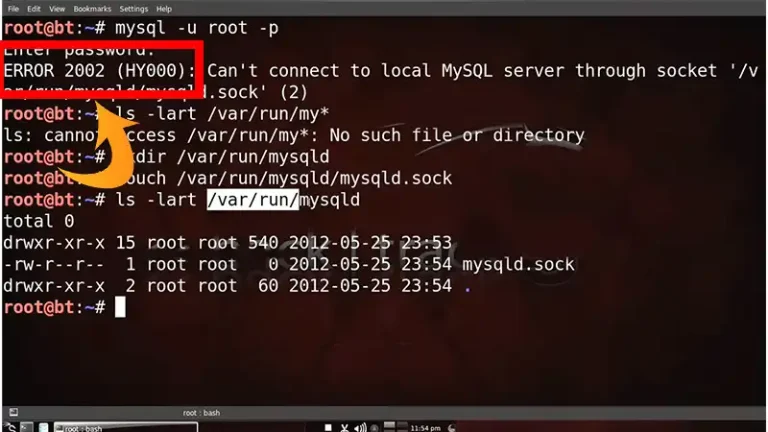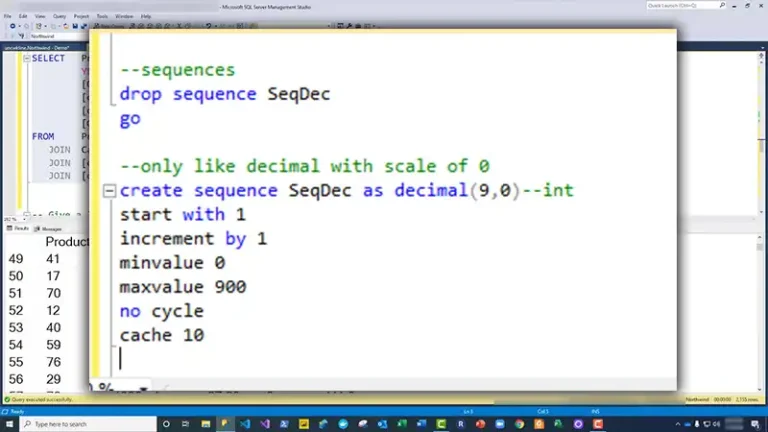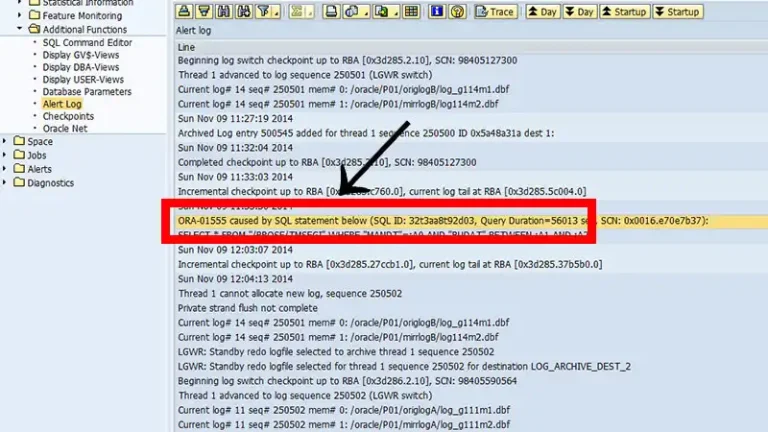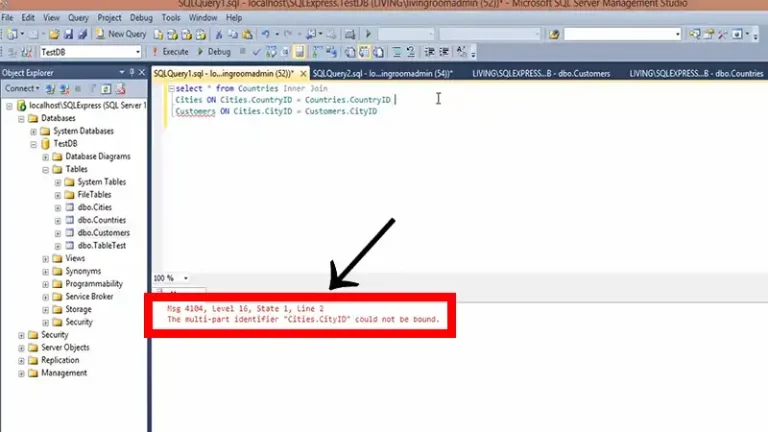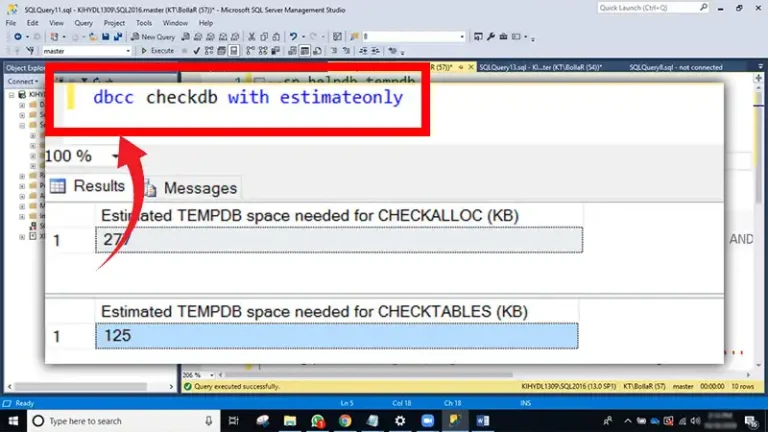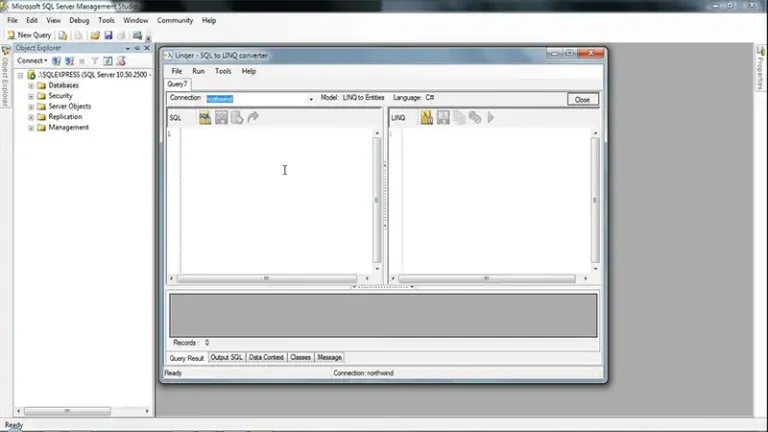Guide To Convert Double To String Without Scientific Notation SQL
Navigating the intricacies of SQL often involves converting data types, and one common challenge is converting doubles to strings without encountering scientific notation. In this guide, we’ll delve into the nuances of this process, ensuring precision and clarity in your SQL queries.
Why Scientific Notation Matters in SQL Conversions
Unpacking the potential pitfalls of scientific notation during double to string conversion is essential. We’ll discuss how it impacts data accuracy and readability, emphasizing the need for careful consideration.
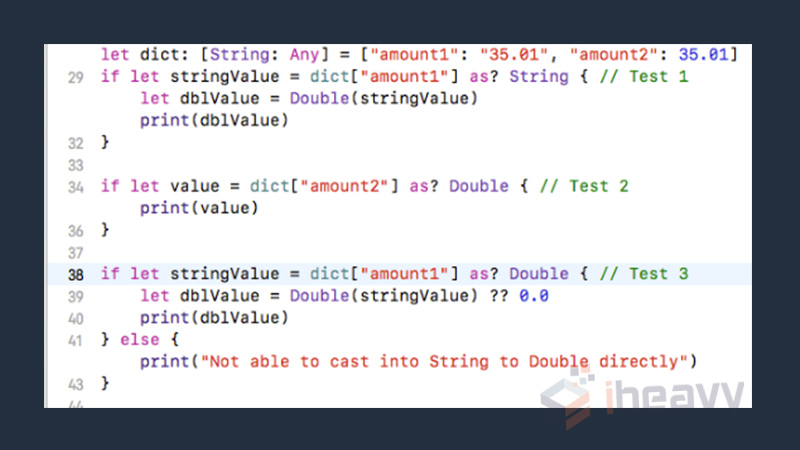
Methods for Converting Doubles to Strings
We’ll walk through the three primary methods for converting doubles to strings in SQL: CAST(), CONVERT(), and FORMAT() functions. Each method will be explained, highlighting its unique advantages and use cases.
Navigating the Scientific Notation Quandary
Specifically addressing scientific notation during the conversion process is paramount. We’ll provide strategies to prevent or manage scientific notation, ensuring your output meets precision and readability requirements.
Example Queries and Code Snippets
Practical examples speak volumes. We’ll showcase real-life queries and code snippets using each conversion method, demonstrating how to handle scientific notation in SQL effectively.
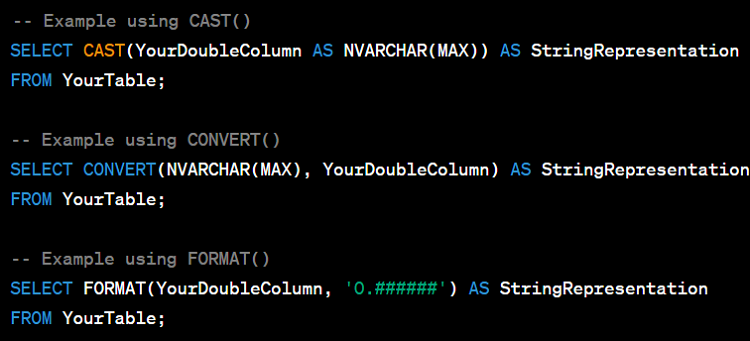
Figure: Example queries.
Best Practices for Double to String Conversion
Unlocking the best practices ensures a seamless conversion process. We’ll cover essential tips like specifying data length and choosing the right function for your specific needs.
Considerations for Large Datasets
Large datasets present unique challenges. We’ll discuss the performance implications of the conversion process and offer optimization tips for handling extensive data.
FAQs
Q: Why does scientific notation manifest in SQL conversions?
A: Scientific notation arises when dealing with numbers beyond a certain magnitude, providing a compact representation.
Q: Which conversion method ensures optimal precision?
A: The FORMAT() function offers superior precision control, allowing explicit specification of decimal places.
Q: Can strings be efficiently reverted to doubles in SQL?
A: Yes, SQL provides functions like CAST() and CONVERT() for seamless reversion from strings to doubles.
Conclusion
Wrapping up our exploration, we have summarized key takeaways and emphasized the critical role of precise double to string conversion in SQL queries.

